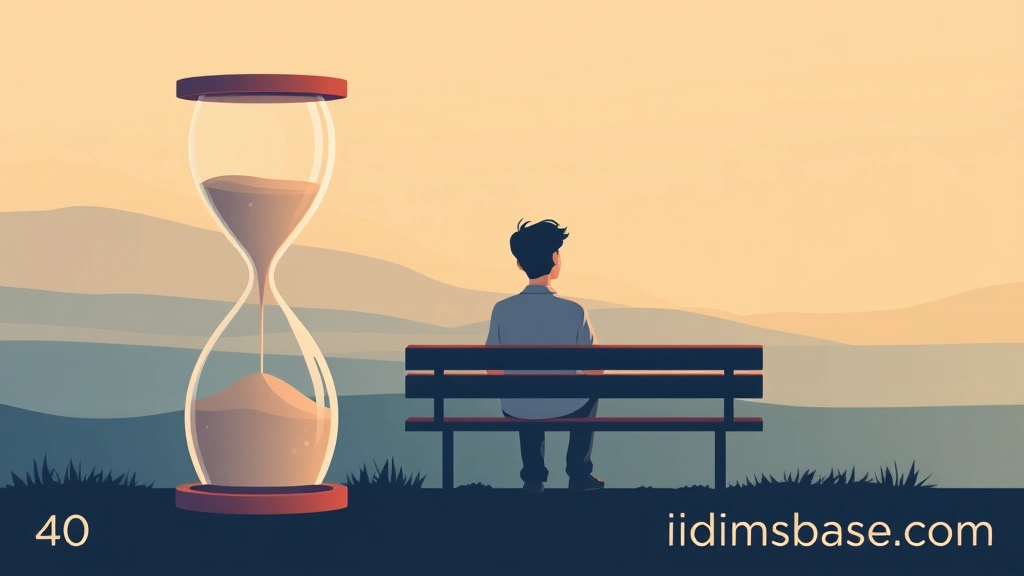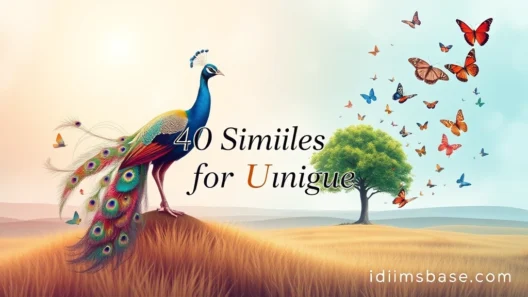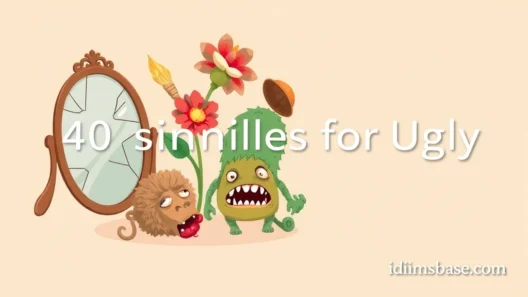Have you ever felt time slow to a crawl, each second stretching into an eternity? That feeling of anticipation, sometimes exciting, sometimes agonizing, is something we all experience. Waiting is a universal human condition, a pause in the rhythm of life that can test our patience and our spirit. But how do you truly describe that unique sensation?
Sometimes, words alone just aren't enough to capture the essence of waiting. That's where similes come in! Similes are like little linguistic magic tricks, helping us paint vivid pictures by comparing one thing to another using "like" or "as." They transform abstract feelings into tangible images, making your descriptions zing with life.
In this article, we’re going to explore 40 incredible similes that perfectly capture the multifaceted experience of waiting. Get ready to expand your descriptive vocabulary and never be at a loss for words when describing that slow tick-tock again!
The Agony of Waiting: When Time Stands Still
Waiting can often feel like an endless torment, a slow drip of frustration. These similes capture that difficult, drawn-out experience.
- Waiting as long as forever: An eternity stretching out before you.
- Waiting like watching grass grow: Incredibly slow and seemingly uneventful.
- Waiting like paint drying: Another classic for something excruciatingly slow.
- Waiting like a dog at the door: Full of eager, restless anticipation.
- Waiting like a kettle to boil: Anticipating an event that takes a specific, frustrating amount of time.
- Waiting like a cat for a mouse: Patient, focused, and ready to pounce.
- Waiting like a clock without hands: Time feels meaningless and unmoving.
- Waiting like treacle flowing uphill: An impossibly slow and difficult process.
- Waiting like a snail in molasses: Emphasizes extreme slowness and stickiness.
- Waiting like a car stuck in traffic: Frustrating, stagnant, and without progress.
The Patience of Waiting: Calm and Collected
Sometimes, waiting requires a deep well of patience, a quiet resolve. These similes highlight the more serene, enduring aspects.
- Waiting like a spider for a fly: Patient, strategic, and ultimately successful.
- Waiting like a rock in a stream: Unmoving, enduring, and unaffected by the flow of time.
- Waiting like a tree for spring: Patiently enduring, knowing renewal will come.
- Waiting like a wise old owl: Observing, patient, and knowing the right moment.
- Waiting like a lighthouse in a storm: Steadfast, guiding, and enduring through turmoil.
- Waiting like a monk in meditation: Calm, focused, and detached from the passage of time.
- Waiting like a seed in the soil: Hidden, developing, and preparing for growth.
- Waiting like a desert for rain: Longing for something essential, but patiently enduring.
- Waiting like a sculptor for inspiration: A quiet, creative pause before action.
- Waiting like a fisherman for a bite: Patient, hopeful, and ready for the reward.
The Restlessness of Waiting: Fidgeting and Fuming

Waiting can also make you feel antsy, restless, and unable to settle. These similes perfectly capture that agitated state.
- Waiting like a caged tiger: Pacing, restless, and longing for freedom.
- Waiting like a ticking time bomb: Full of tension, about to explode.
- Waiting like a cat on a hot tin roof: Anxious, uncomfortable, and unable to relax.
- Waiting like a racehorse at the starting gate: Eager, full of pent-up energy, ready to bolt.
- Waiting like a dog on a leash: Restrained, wanting to move, but held back.
- Waiting like a kettle about to boil over: Pressure building, on the verge of losing control.
- Waiting like a child on Christmas Eve: Excited, unable to sleep, bursting with anticipation.
- Waiting like a nervous bride at the altar: Anxious, excited, and a little overwhelmed.
- Waiting like an actor backstage: Full of adrenaline, ready for their cue.
- Waiting like a squirrel for winter: Frantically preparing, but also waiting for the inevitable.
The Hope and Excitement of Waiting: Anticipation Builds
Not all waiting is bad! Sometimes, it's filled with thrilling anticipation and hope.
- Waiting like a flower for the sun: Eagerly anticipating warmth and growth.
- Waiting like a child for a birthday cake: Sweet anticipation of something wonderful.
- Waiting like a fan for their favorite band: Excited, ready to immerse themselves.
- Waiting like a traveler for a new adventure: Eager for what's to come, full of wonder.
- Waiting like a gardener for the first bloom: Patiently nurturing, anticipating beauty.
- Waiting like a chef for a perfect dish: Anticipating the culmination of effort and skill.
- Waiting like a reader for the next chapter: Eager to discover what happens next.
- Waiting like a scientist for results: Hopeful for discovery, anticipating breakthroughs.
- Waiting like a newborn for their mother's touch: Pure, instinctive anticipation of comfort.
- Waiting like dawn for the morning light: Inevitable, beautiful, and full of promise.

Key Takeaways
Waiting is a universal experience, but it's far from a monolithic one. It can be agonizing, patient, restless, or even exciting! By using similes, you can bring your descriptions to life, adding depth and nuance to how you convey this fundamental human condition. Remember, the right simile can transform a simple sentence into a vivid, memorable image that truly resonates with your audience.
Frequently Asked Questions (FAQs)
What is a simile?
A simile is a figure of speech that directly compares two different things, often using the words "like" or "as" to make the comparison explicit. Its purpose is to make a description more vivid, imaginative, or emphatic.

Why are similes important in writing?
Similes are incredibly important because they help readers visualize and understand abstract concepts or emotions by relating them to something more familiar. They add color, depth, and originality to your writing, making it more engaging and memorable. They also allow for a more nuanced expression of feeling.
Can I use these similes in everyday conversation?
Absolutely! Similes aren't just for formal writing. Using them in everyday conversation can make your communication more expressive, interesting, and even humorous. They help you articulate your feelings and observations in a more colorful way.
How do I choose the best simile for my situation?
When choosing a simile, consider the specific emotion or feeling you want to convey. Is the waiting frustrating, hopeful, anxious, or calm? Pick a comparison that truly reflects that particular nuance. The best similes often create a strong, clear image in the reader's mind.
What's the difference between a simile and a metaphor?
While both similes and metaphors compare two things, the key difference lies in their wording. A simile states that one thing is like another (e.g., "waiting like forever"), while a metaphor states that one thing is another, directly equating them without "like" or "as" (e.g., "His patience was a rock"). Metaphors create a stronger, more direct identification.






